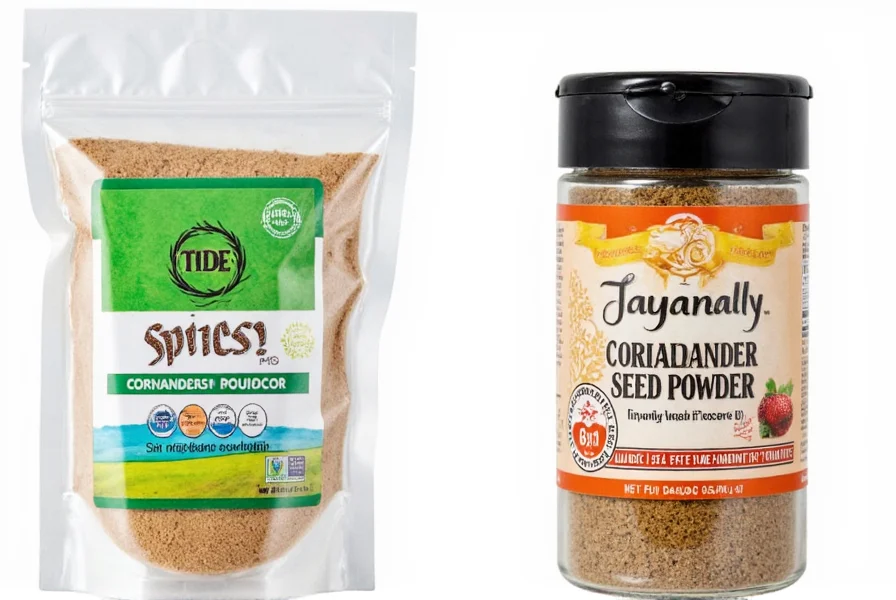
When You're Out of Coriander Seed Powder: Top 5 Instant Substitutes
Running out of coriander seed powder mid-recipe? The best substitutes are cumin powder, ground caraway, fennel seeds, garam masala, and anise seeds. Each works perfectly for specific dishes with exact ratios to maintain flavor balance. Here's how to use them effectively.
What Is Coriander Seed Powder?
Coriander seed powder is ground dried fruit from the Coriandrum sativum plant. It delivers warm, citrusy, slightly sweet notes essential in Indian, Middle Eastern, and Mediterranean cuisines. Unlike fresh cilantro leaves (which have a bright, herbal flavor), the powdered seeds provide deep, earthy complexity for stews, curries, and roasted meats.
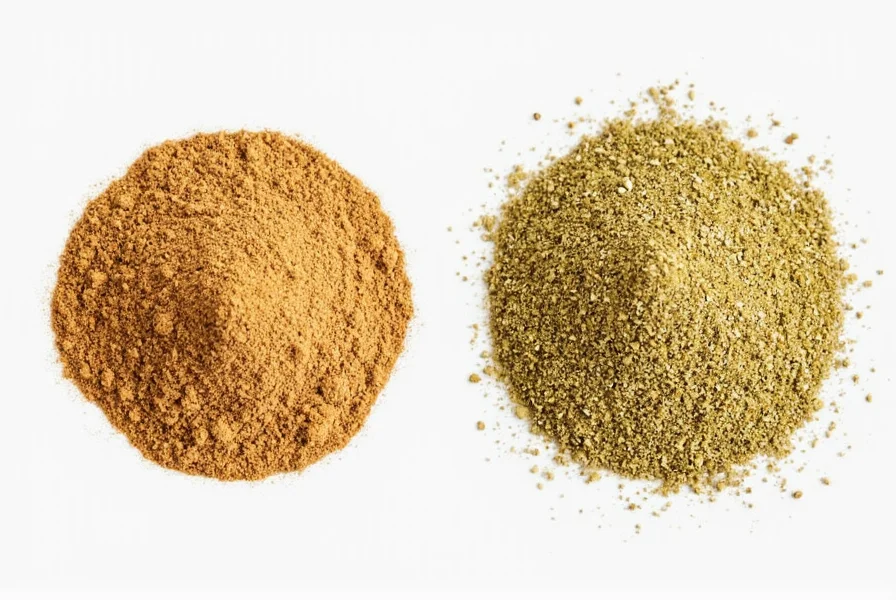
Top 5 Coriander Seed Powder Substitutes
1. Cumin Powder
Best for spicy curries, chili, and tacos. Earthy, smoky, and nutty with 30-50% less intensity than coriander.
- Ratio: Use ½–¾ cup cumin per 1 cup coriander powder
- Pro Tip: Toast cumin seeds before grinding for maximum aroma

2. Ground Caraway Seeds
Ideal for rye bread, sauerkraut, and Eastern European dishes. Sweet, licorice-like with peppery warmth.
- Ratio: Use ⅔ cup ground caraway per 1 cup coriander powder
- Pro Tip: Combine with fennel for balanced flavor in breads
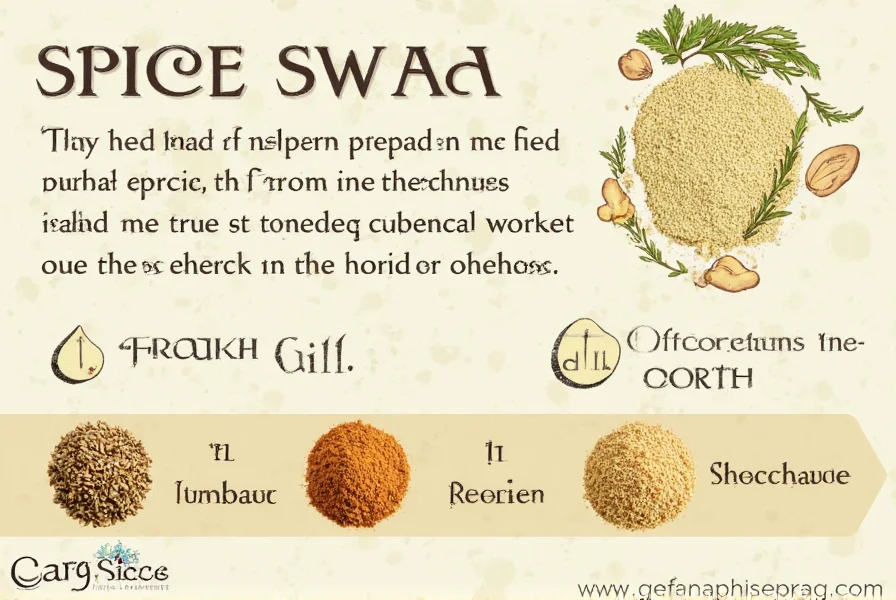
3. Ground Fennel Seeds
Perfect for seafood, vegetable curries, and Italian sausage. Mild anise sweetness with warm undertones.
- Ratio: Use ½ cup ground fennel per 1 cup coriander powder
- Pro Tip: Add pinch of lemon zest to compensate for missing citrus notes
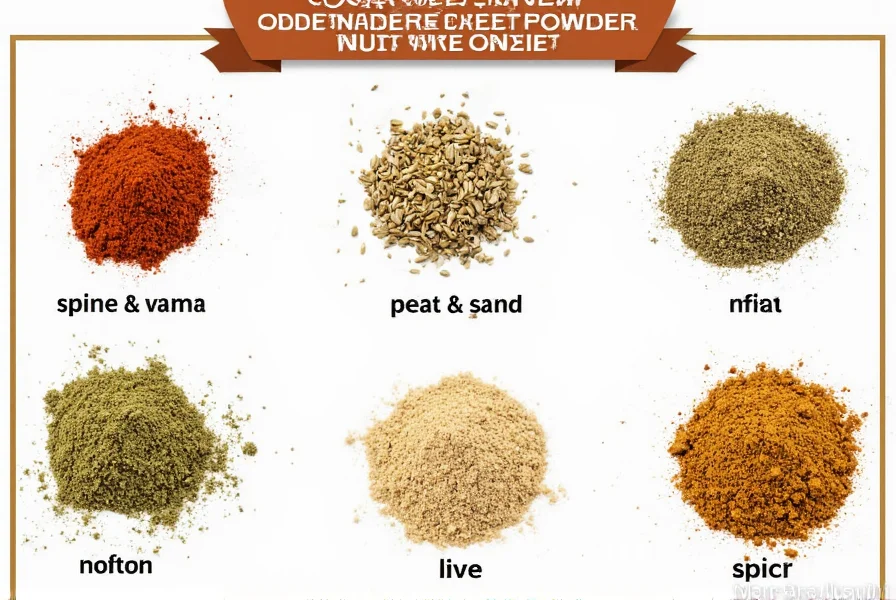
4. Garam Masala
Best for Indian curries and roasted vegetables. Complex blend containing coriander as a base ingredient.
- Ratio: Use ½ cup garam masala per 1 cup coriander powder
- Pro Tip: Check label for coriander content (most blends contain 15-30%)
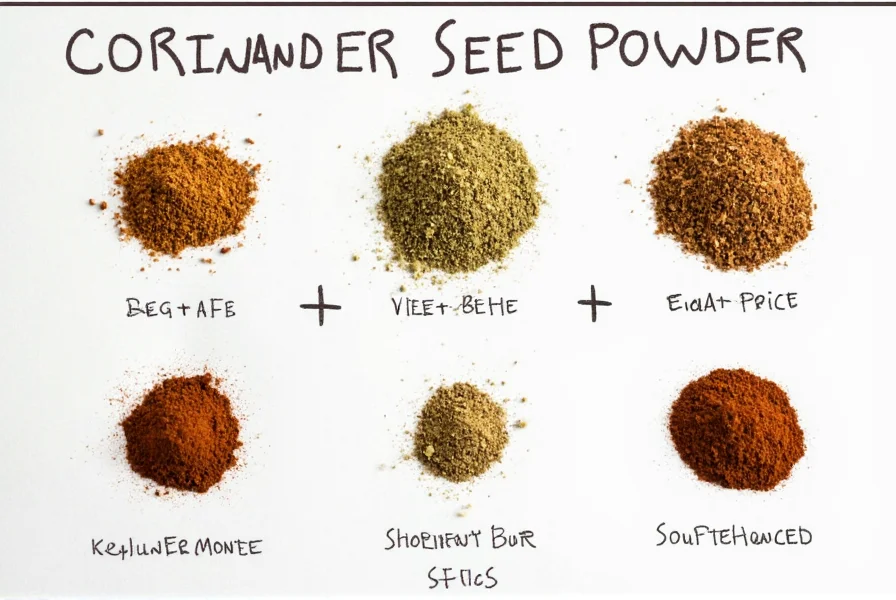
5. Ground Anise Seeds
Use in desserts, mulled drinks, and baked goods. Strong licorice flavor with sweet intensity.
- Ratio: Use ¼–½ cup ground anise per 1 cup coriander powder
- Pro Tip: Only for sweet applications—avoid in savory dishes
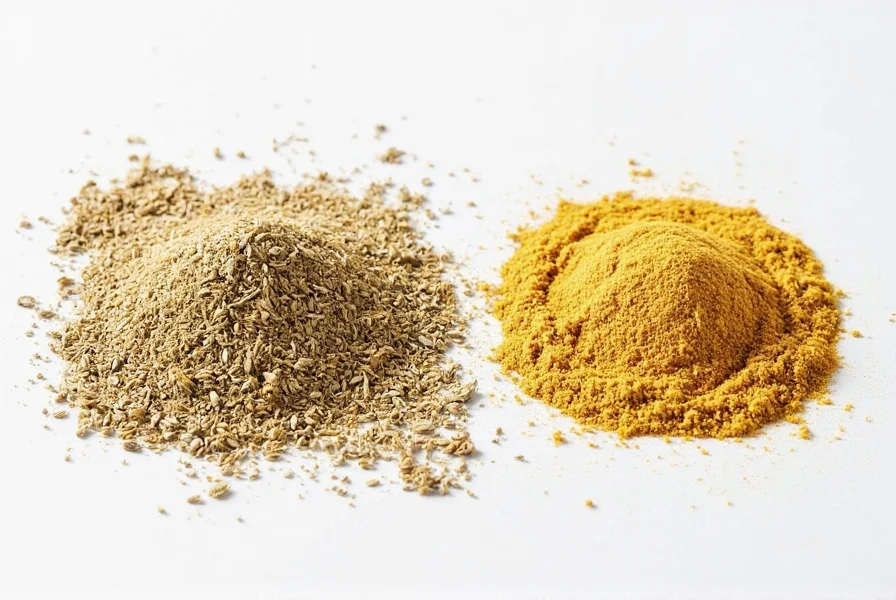
How to Use These Substitutes
Start with half the recommended ratio, taste, then adjust. For savory dishes: cumin or caraway in stews; fennel in seafood. For baking: fennel or anise in cookies. For Indian recipes: garam masala at half the amount. Never substitute fresh cilantro—different flavor profile entirely.
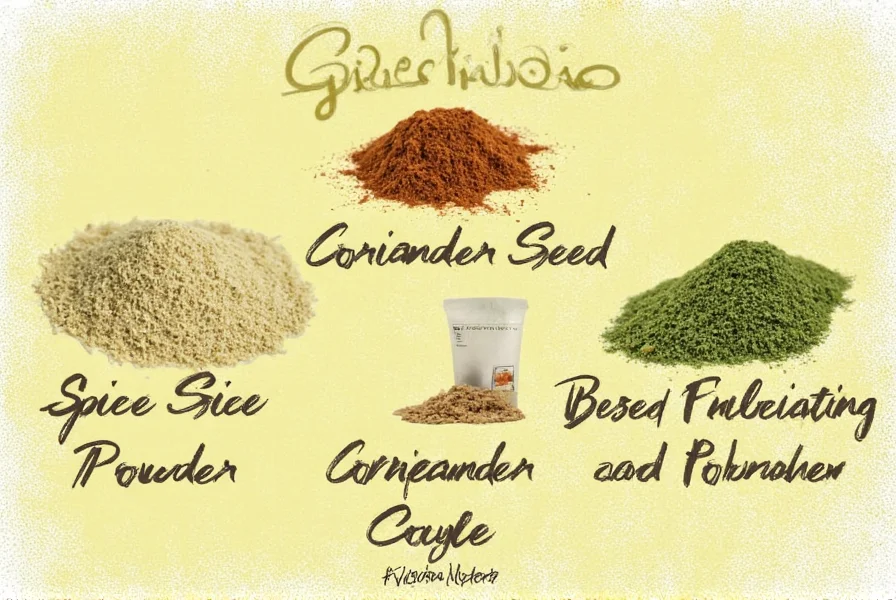
Visual Comparison Table
| Substitute | Flavor Profile | Best Use Case | Recommended Ratio | Key Consideration |
|---|---|---|---|---|
| Cumin Powder | Earthy, smoky, nutty | Curries, chili, tacos | ½–¾ cup | Stronger than coriander; avoid in delicate dishes |
| Caraway Seeds (Ground) | Sweet, licorice-like, peppery | Rye breads, cabbage dishes | ⅔ cup | Distinctive aftertaste; best in hearty recipes |
| Fennel Seeds (Ground) | Mild licorice, sweet, aromatic | Seafood, vegetable dishes | ½ cup | Lacks earthiness; add lemon zest for balance |
| Garam Masala | Warm, complex, mildly sweet | Indian curries, roasted veggies | ½ cup | Not pure substitute; check brand composition |
| Anise Seeds (Ground) | Strong licorice, bold | Desserts, mulled drinks | ¼–½ cup | Too potent for savory dishes |
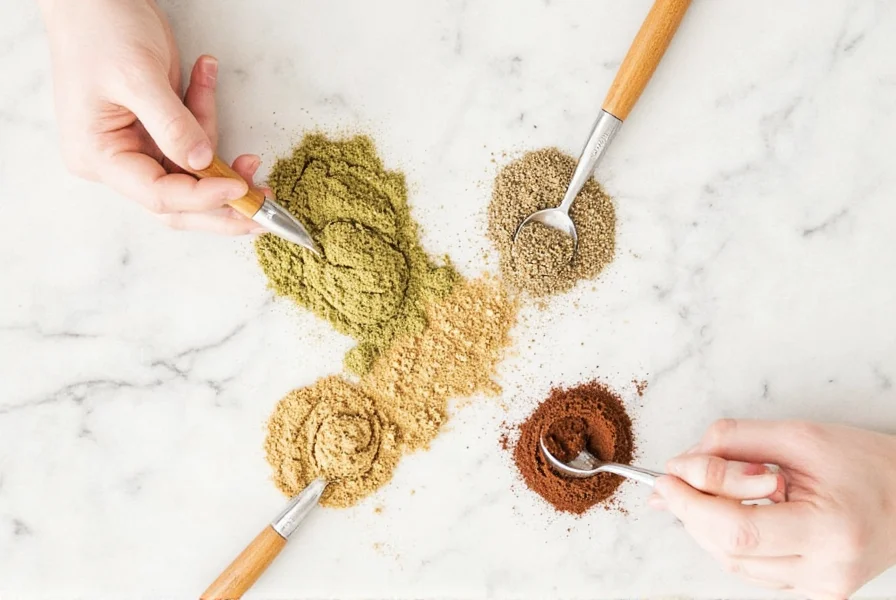
Frequently Asked Questions
Conclusion: Keep Your Spice Game Strong
Whether you're out of coriander seed powder or experimenting with new flavors, these substitutes will save your recipe. Cumin for boldness, fennel for sweetness, garam masala for Indian dishes—each brings unique strengths. Remember: always start with half the recommended ratio, taste, then adjust. Your kitchen just got more versatile!
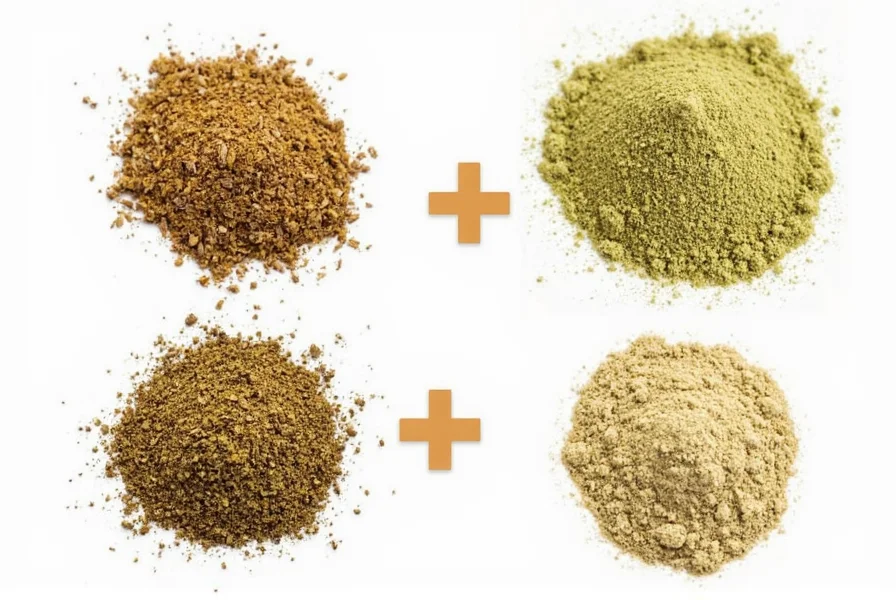

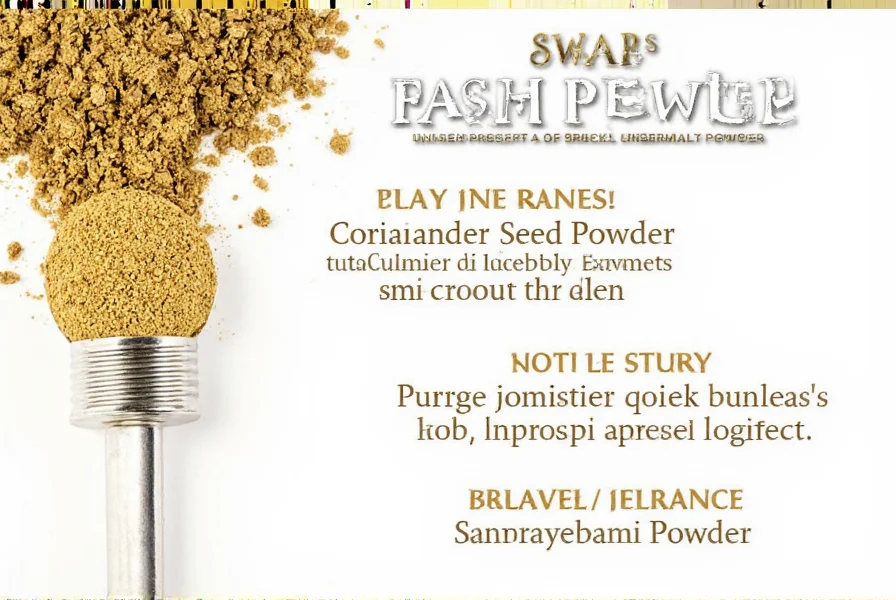









 浙公网安备
33010002000092号
浙公网安备
33010002000092号 浙B2-20120091-4
浙B2-20120091-4